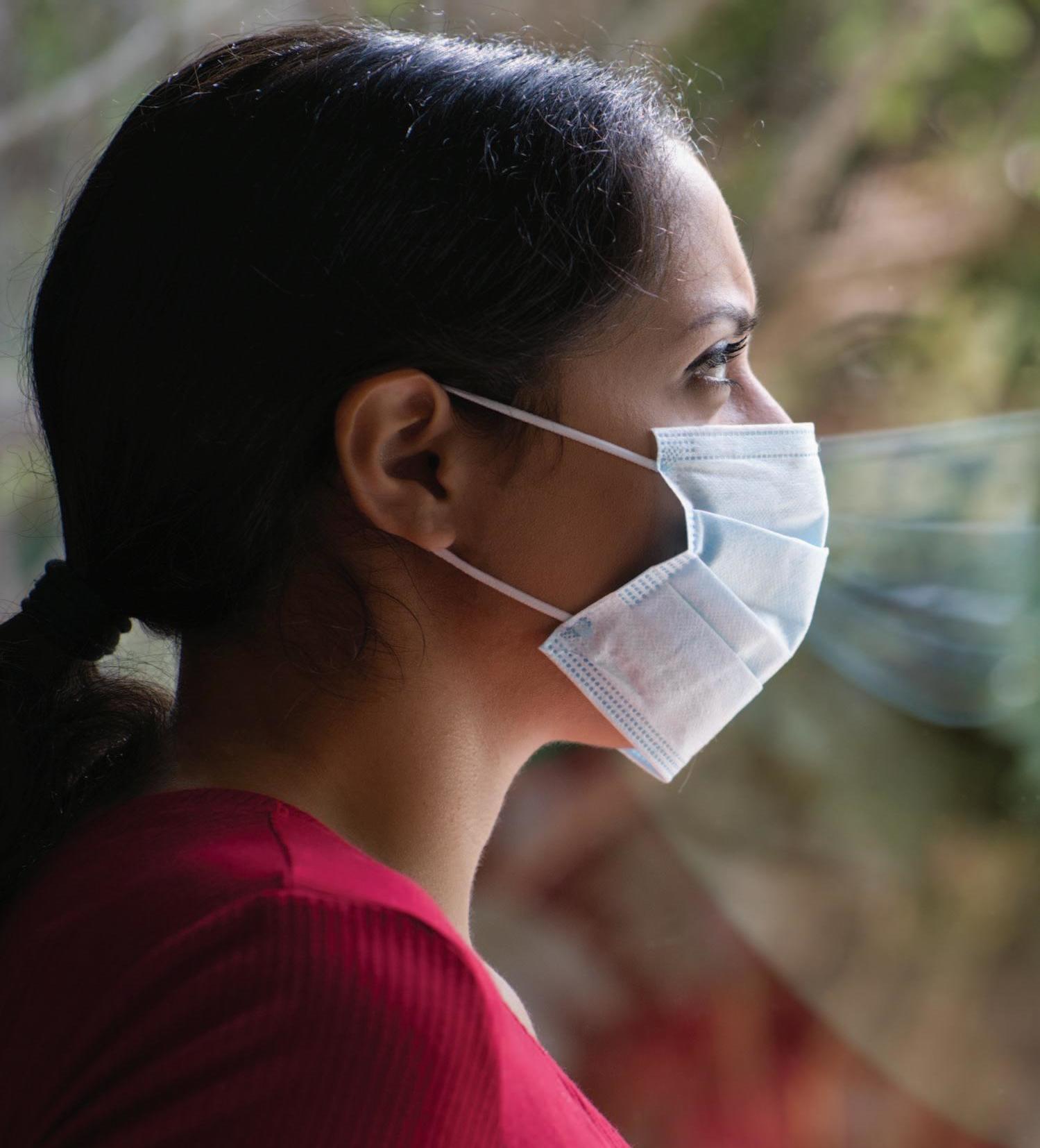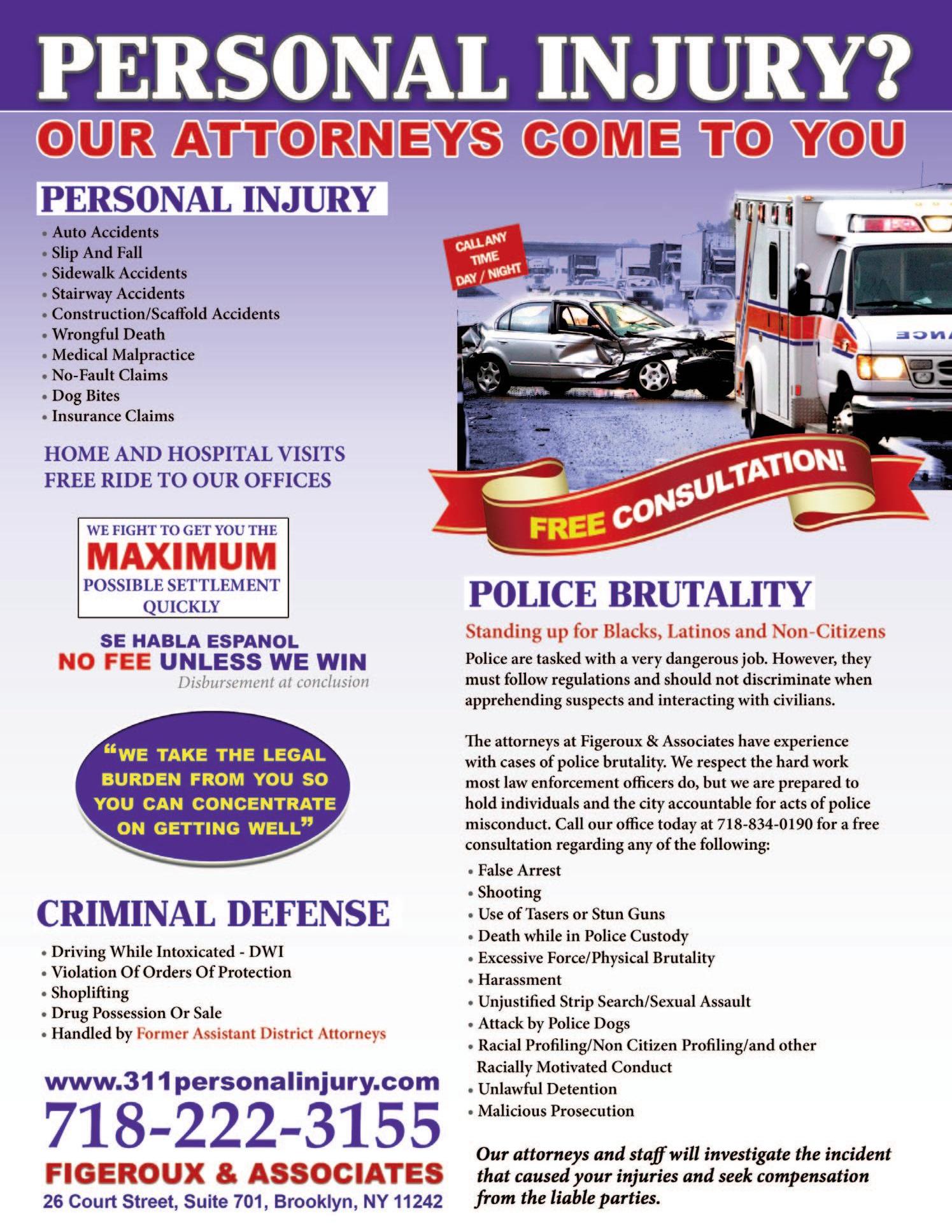
29 minute read
Killing Your Relationship
BY MARY CAMPBELL 311DIVORCE.COM
Advertisement
Let's face it. Being stuck at home sucks in a lot of ways. It is bad enough to be locked in the confines of the square footage of your home, but going stir-crazy can also have terrible impacts on your relationship. This is especially true for couples who live together and even more so for couples who work remotely from home together as well. Here are some helpful tips to keep confinement from messing with your relationship.
1) Respect Each Other's Personal Space
No one wants someone in their face 24/7, and the truth is when people go long periods without breaks from one another even the simplest of habits can get annoying quickly. Nitpicking can become an easy fallback. People often nitpick without even realizing they do it, but it can get annoying quickly. Set up some divisions of space to avoid smothering your significant other. Absence makes the heart grow fonder, even if it's from another room in the house. Giving one another a little bit of extra space goes a long way in maintaining balance in your relationship. Sometimes a little "me time" is just the ticket.
2) Plan a Date Night
Lockdown means that going out and doing normal couple things is limited to supermarket visits and rendezvous in the local pharmacy aisles. That does not exactly scream romantic, nor do the sweatpants you've been bumming in for 2 weeks. The truth is social confinement doesn't have to mean a dating drought. Pick a night to get dressed up and have a nice candlelit dinner in the comfort of your own home, or move all the furniture out of the way and have a dance party in the living room. What you do doesn't matter so long as you take some time to focus on each other.
3) Argue, but Don't Dwell
Any couple that can get through months of confinement without arguing definitely has something wrong. The fact is, sometimes you're going to get on each other's nerves. Actually, the likelihood is that the more face time you get with your partner, the more annoying things tend to become. Don't panic, this is perfectly normal. While bickering and arguing are normal in any relationship, what is counterproductive is holding on to anger or resentment. Negativity breeds negativity. Lingering negative feelings can become toxic for your relationship, and are usually easily avoidable. Most of the time all you have to do is talk about it instead of bottling it up.
4) Speaking of Talking...
One of the unspoken side effects of COVID confinement is social anxiety. With a worldwide campaign stressing the importance of distance, it is easy to apply that to your relationship as well. That is likely to put a strain on communicating with your partner. Don't forget to take the time to talk to your partner. Even if it is just to check in and just say hi, remaining approachable gives your partner a sense of security.
continued on page 25
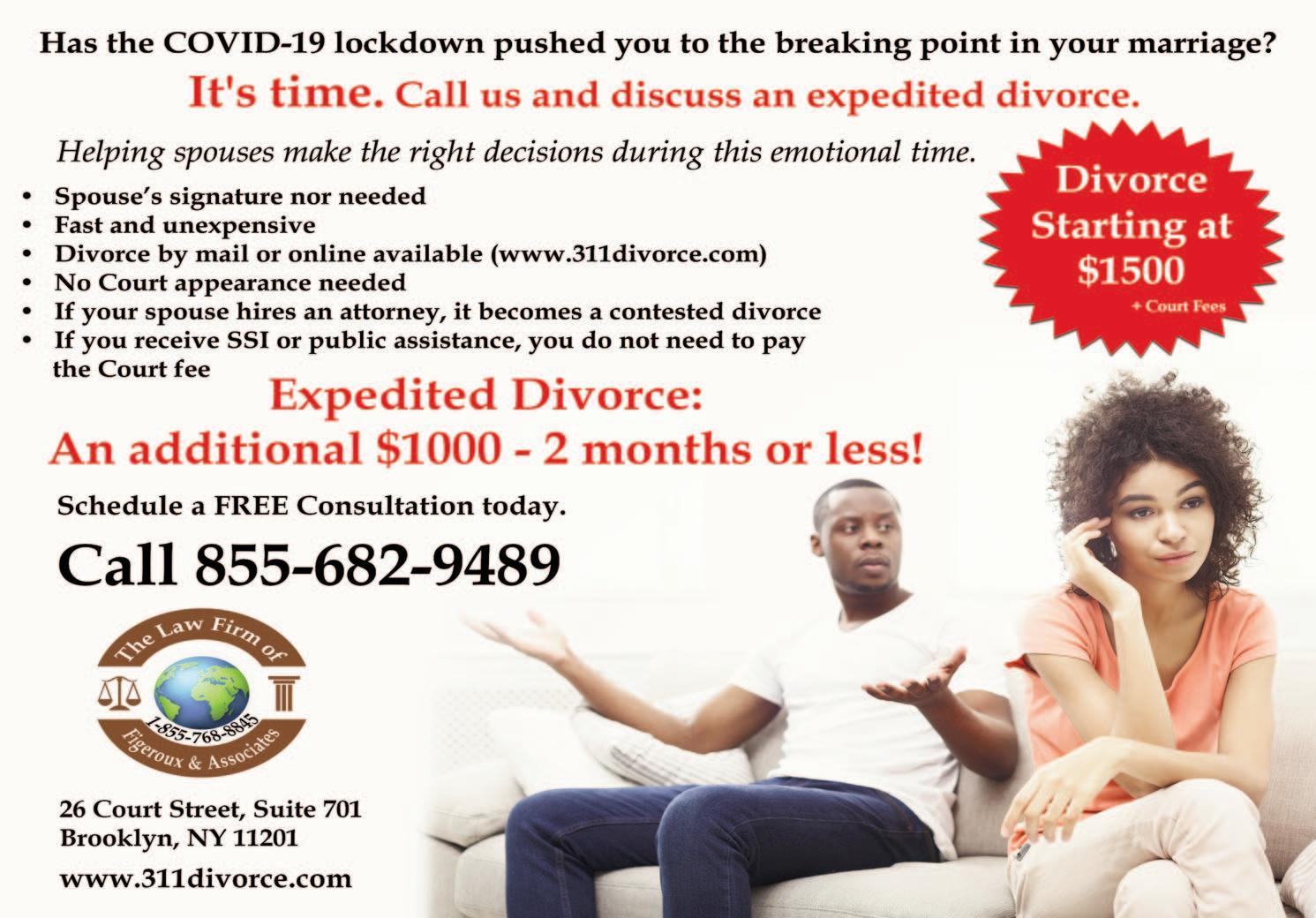
Dangerous to Women’s Health/
continued from page 1 leaving them feeling exhausted and in need of some care. Women are not new to making sacrifices. However, it becomes unbearable when they face health challenges arising from the use of products acclaimed to be safe for their delicate bodies. This issue is one of the bases for an argument on the varying lawsuits against manufacturers of talcum powder, a line of products that promoted as safe by Johnson and Johnson in particular, and other manufacturers like Colgate -Palmolive. Johnson and Johnson, to date, is facing over 21,500 lawsuits from consumers that claim its talc products, specifically talcum powder, caused them ovarian cancer. Deane Berg, in 2009, filed the first lawsuit against the health product manufacturing giant after her 2006 ovarian cancer diagnosis. Despite the defendant's denials over the years, the case has made progress. For instance, they have made private settlements worth millions of dollars to several plaintiffs, including Deane Berg. He offered a confidential settlement of over $1 million and other paid settlements as instructed through verdicts. According to an article in the New York Times, in 2019, they recalled some of their Baby Powder when the authorizing body found traces of the cancer-causing agent (asbestos) in the product and have announced the withdrawal of the sale (2020) of their line of Baby Powder from North America. However, they continue to sell the product in other parts of the world. In February 2021, the health care giant announced that it had set aside over $3.5 billion as settlement reserves against any talc lawsuit.
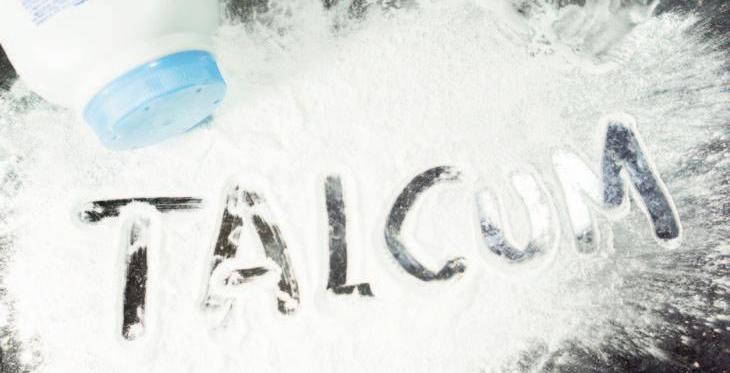
Talc and its Usage
Talc is a naturally occurring mineral mined from the earth. It has many uses in cosmetics and other personal care products. Did you know that beyond the production of talcum powder, the naturally occurring substance talc is also used to manufacture and produce various industrial and household items such as cerampaper fillers. Amongst several other items. Professions like sports, designers, metalwork, and pharmaceutical and food technology use talc, for instance, in the making of ingestible like pharmaceutical tablets, candy, and chewing gum(it's the white coating on some chewing gum and candy products for the prevention of wrap stickiness). Using talc in powder production, many would wonder if talc existed for such a long time and vastly used, including baby powder production. It claims that it prevents diaper rash (although not recommended by the American Academy of Pediatrics because of its danger to respiration). Why does the talc found in powder acclaimed to cause ovarian cancer?
ics, paper, and beauty products, dating to Egyptian times? In finely ground form, Talc finds use as a cosmetic, lubricant, According to the American Cancer Society experts, only contaminated talc, which can occur during the extraction of the talc mineral, and contact through inhaling or intimate use leading to cancer. It is worth noting that there is a difference between talc with asbestos and asbestos-free talc. Both substances (talc and asbestos) are naturally occurring minerals, are found in the distance from each other during mining. However, asbestos is a known cancer-causing agent (a carcinogen) that causes mesothelioma when inhaled. There is a high possibility of talc contamination with asbestos during extraction, requiring rigorous testing in selecting talc mining sites. Curiously, insufficient evidence exists about asbestos-free talc and cancer. In 1958, asbestos became linked to ovarian cancer. The investigation didn't start until 1970, when according to reports on the U.S Food and Drug Administration, investigations commenced into the controversial view of the link between talc and ovarian cancer. However, it has remained non-conclusive owing to the inability to substantiate the hypothesis through studies. Progressively, since 2020, the FDA opened a platform for gathering additional evidence in the form of scientific data and information in addition to initiating public meetings related to talc-based cosmetic products, potentially harmful mineral contaminants, and some asbestos in products. According to the FDA website, the focus is to test methods, define terms
continued on page 25
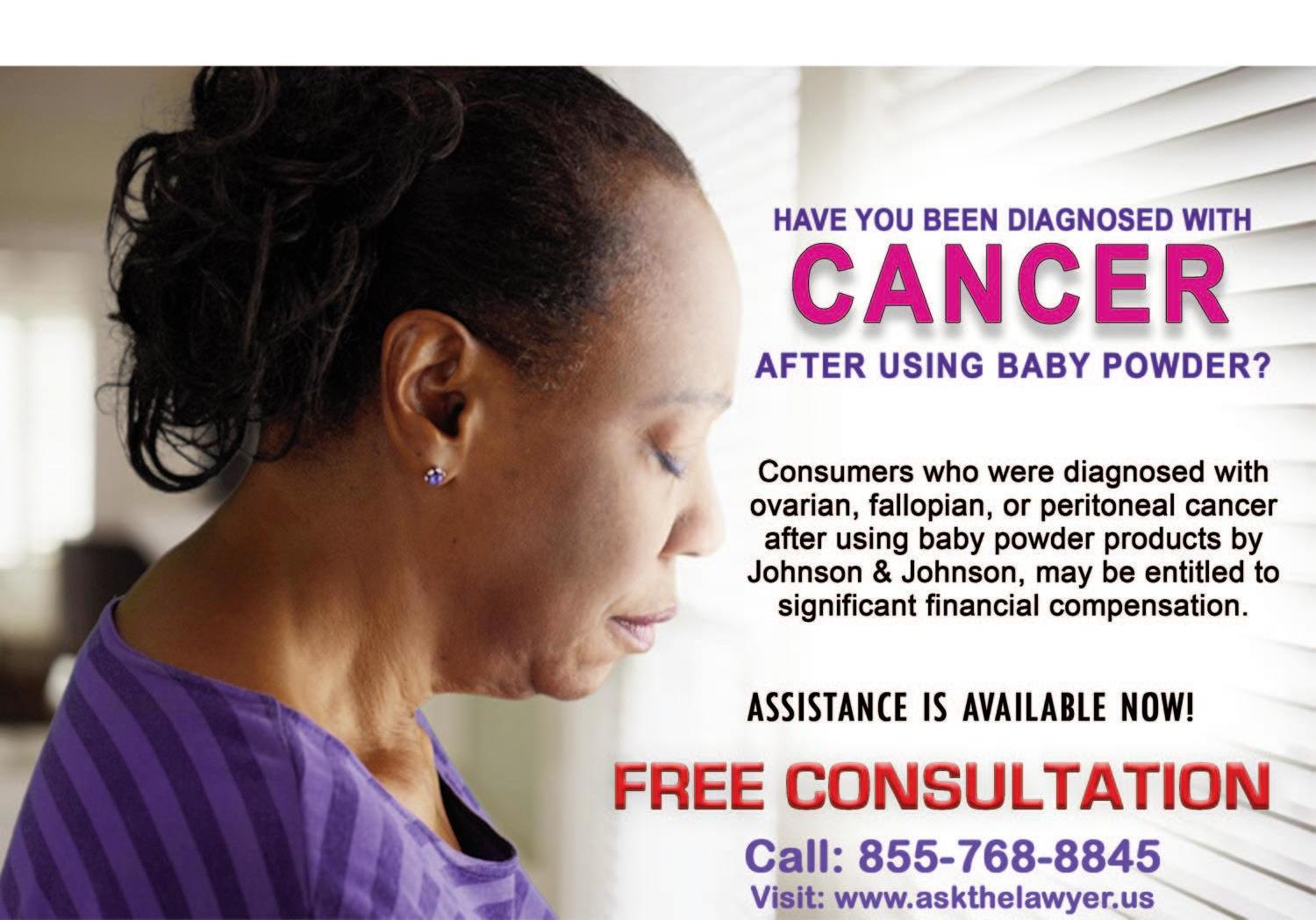
Dangerous to Women’s Health/
continued from page 24
and gather criteria for the standardization and methodology for testing of asbestos in cosmetic products containing talc. To protect consumers, in 1976, the body that covers cosmetics, toiletries, and fragrances (CTFA) introduced suggestions on standards for ensuring that all talcbased cosmetic products remain free from any detectable amounts of asbestos. As well, researchers have tried to investigate whether it is exposure or a substance that causes cancer. Unfortunately, neither has proved holistically accurate. According to the American Cancer Society, studies have suggested that there is a possibility of cancer causality in the ovaries through talcum powder use: when the powder particles are used on diaphragms, condom, sanitary napkins or applied to the genital area traveled through feminine body parts like the vagina, through to the ovary. However, there remain mixed findings, ranging from high to no increase in risk. In the case of lung cancer, the report didn't find any increased risk from the use of cosmetic talcum powder.

Court cases against Johnson and Johnson Talcum Powder
During the lawsuit hearings, and according to a (Reuters) investigative report, lawyers to the plaintiffs revealed that internal memos and reports indicated that Johnson & Johnson was knowledgeable and nursed concerns about the traces of asbestos in its talc for over half a century. Despite this knowledge and concern, they marketed the product as a safe feminine product during the period. In a 2017 article by the Los Angeles Times, there was a lawsuit between Johnson and Johnson and Eva Echeverria, which totaled $417 million in compensation and punitive damages, with $70 million to the plaintiff. The defendant's lawyers argued against the ruling claiming there is no connection. Now, the FDA has returned to investigating the issue, which Daniel W. Cramer 1982's study used during the lawsuit showed that women who used talc on their genitals had more than 90% increased risk for ovarian ranks eighth most common cancer. According to the report, patients with ovarian cancer makeup over 1.2% and cause cancerrelated deaths after diagnosis among women in the U.S. There is hope for compensation for the negligence. However, until more information is available and final guidelines are enforced, concerned consumers should consider avoiding the use of talcum powder or limit the use of talc-based products.l
Ways to Keep COVID Restrictions From Killing Your Relationship/
continued from page 23

Talking to one another can also significantly decrease the number of arguments or misunderstandings you have.
5) Find a Mutual Hobby
Boredom can be the worst relationship killer. It is like cancer that, if left unchecked, can spread to various aspects of a person's life. Boredom promotes laziness, depression, and feelings of inadequacy. That in turn can bleed into mood and attitude, and even sexual appetite. Stay away from boredom by finding something to do that you both can enjoy. Paint a mural on your wall, do a DIY home improvement project, or put together a 3D puzzle. Staying entertained together is an easy way to keep connected with your partner. sweatpants and oversized tee shirt looks cute for the first 20 days, don't forget you have an entire closet of clothes and most of them don't have holes in them. It's not fair to keep them locked up while you're in couch-potato mode. Making time to be intimate with your partner can actually accomplish more than one thing. Not only does it provide some much-needed physical activity, but it can also be a great release of tension or pent-up stir-crazy. Go on and strut those pumps around your house before they take a tumble around your bed. You're worth it! While confinement can sometimes feel overwhelming and restrictive, these six tips will help keep you and your partner from losing the spark in your relationship. Feeling stuck in a relationship is even worse than being stuck at home, but it does not have to feel that way. Don't let house arrest complicate your relationship.l
6) Don't Neglect Intimacy
There is a line that is easily crossed between sexy and bumming. While the
Available at Amazon.com Available at Amazon.com
NY WORKERS’ COMPENSATION
Are you working? Have you been injured on the job? Was it a serious injury as defined under NY Workers’ Compensation Law? If yes, then call Figeroux & Associates for a FREE Consultation at 718-222-3155.
Why Should I Hire A Lawyer?
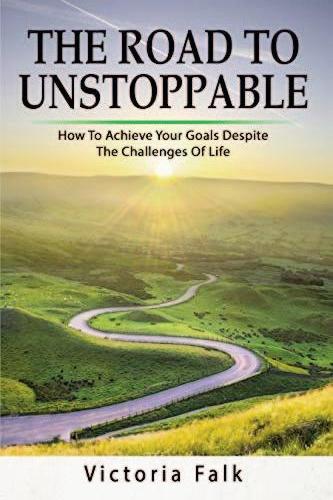
In addition to being eligible for workers' compensation, you may also have a claim against a party other than your employer. That is why it is so important to seek assistance from our experienced team.
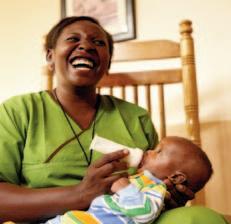
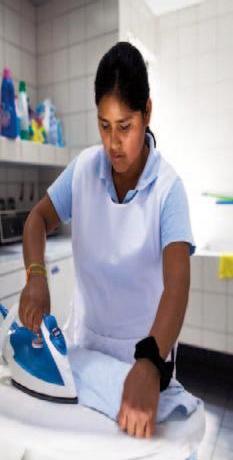
Workers who know their rights and speak to a lawyer put themselves in a better position to obtain a recovery. Find Out What Our Firm Can Do For You
BY VICTORIA FALK
The June 2021 primary elections will be the first time New Yorkers will experience ranked-choice voting. New York is joining other less populated states, such as Vermont, Maine, and Alaska, which have already begun utilizing the ranked-choice voting system in their elections. "Ranked-choice voting was passed in 2019, by the will of the voters," stated Rebecca C. Lewis during a public forum held on February 25, 2021, on ranked-choice voting. On Election Day, November 5, 2019, question one on the New York City Ballot pertained to rank-choice voting. A large majority of voters supported the implementation of the ranked choice voting system. held on February 25, 2021. During that According to the online encyclopedia, public forum, some of the contributors to Ballotpedia.org, 73.61% of voters said the discussion about ranked-choice vot"Yes" in favor of ranked-choice voting, ing included: Political Consultant Sean while 26.39% of the voters responded Dugar, New York State Assemblywoman "No." They include New York Attorney Carmen de la Rosa, LGBT Activist, Allen General Letitia James and New York City Roskoff, former President of the National Public Advocate Jumaane Williams, Association for the Advancement of amongst those who favor ranked-choice Colored People (NAACP), Hazel Dukes, voting. "This has the opportunity to New York State Senator, Brian Benjamin, strengthen the people's vote, getting more and Rebecca C. Lewis, of City and State, people to come out, saving money, end- who moderated the conversation. Despite ing negative campaigns, it seems like a the efforts made during the public forum win-win to me," stated Williams, accord- to explain ranked-choice voting to New ing to Ballotpedia. The Black, Latino, Yorkers, some of the participants in the and Asian Caucus of the New York City public forum had their questions, controCouncil is reportedly opposed to rank- versy, and confusion about ranked-choice choice voting. voting that was revealed during the dis Despite most voters in favor of ranked- cussion. choice voting, the world has changed in various ways since the elections in 2019. Since that time, as we face a global pandemic that has sparked a health and economic crisis, limited attention has been given to ranked-choice voting. The upcoming primary elections set for June 22, 2021, are of high priority for many New Yorkers looking for candidates with strong leadership ability to help the city rebuild. Thus, it is necessary to aid the public by taking deliberate action to ensure that people are informed regarding the new voting system that will be implemented as New Yorkers select the next Mayor of New York City. Community-based organizations, ethnic media groups, churches, and others, are doing what they can to educate the public about the ranked-choice voting system to aid in the upcoming elections. This public education includes preventing pitfalls and supporting positive outcomes for New York City voters. City & State New York held a 5-part online series to educate New Yorkers on the ranked-choice voting system. These public forums included guests such as community leaders, community media, New York politicians, and contenders for New York City Mayor's race to discuss ranked-choice voting. New York's Path to Ranked – Choice Voting: Manhattan Forum, City and State Public Forum, was
How do you educate voters on a new system of voting during a global pan-
demic? During the public forum on ranked-choice voting held on February 25, 2021, Political Consultant Sean Dugar stated, "We need to do training in senior citizens' homes to make sure individuals are included." Carmen de la Rosa, who is running for City Council District, added, "Ethnic media needs to be better utilized." She addressed concerns that people who do not speak English may not be getting adequate information about the new voting system. However, legendary LGBT Activist Allen Roskoff shared his concerns during the public forum on ranked-choice voting. "There will be a lot of people out there who are not attached to social media, who are elderly and homebound. Efforts to educate the public are limited due to the pandemic, language barriers, and people being homebound," stated Roskoff. "This is an experiment…and we need to make sure this is helping disenfranchised people. Even with the best education, we still won't be able to reach everyone," added Roskoff. Brian Benjamin stated, "It's not the candidates' responsibility to teach voters about ranked-choice voting." Although it may or may not be the candidates' responsibility, there seem to be apparent benefits for those candidates who choose to speak to voters about the ranked choice voting system. Carmen de la Rosa discussed how speaking to public members and answering their questions has been helping her connect with voters. Political Consultant, Sean Dugar, had this to say, "Everyone is equally responsible for educating voters on rankedchoice voting: including community organizations, long-established organizations that have wide and deep roots. It benefits candidates to educate voters on ranked-choice voting. Voters tend to favor the candidate who explained it to them." While some community leaders are stepping up to help explain rankedchoice voting to New Yorkers, some critics want to do away with this new system altogether or postpone implementing a future election. Hazel Dukes, former President of the National Association for the Advancement of Colored People (NAACP), had strong feelings regarding the ranked choice voting system. "People don't want to hear about ranked-choice voting. People are concerned about stimulus checks and vaccinations. How can I get a vaccine? When can I send my children back to school? It's too late to be having this conversation about rankedchoice voting," stated Hazel Dukes during the February 25, 2021, public forum on ranked-choice voting presented by City & State New York. Like some other critics of ranked-choice voting, Dukes expressed concern that there has not been adequate time for New Yorkers to understand ranked-choice voting.
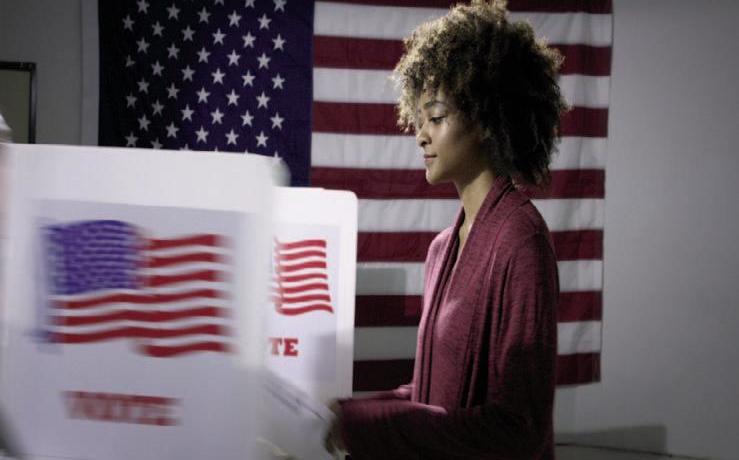
Rank Choice Voting is the Law
However, political consultant and strategist Brian Figeroux, Esq. of IQ Inc Consulting, stated, "You can't just scrap a law. Where were these community leaders and their organizations before ranked-choice voting became a law? If they opposed ranked-choice voting, they should have been fighting then. Now that ranked-choice voting is here, we must find community leaders who are knowledgeable about the system to educate our community." "It is the law," stated Bertha Lewis, community leader and President of The Black Institute, regarding rankedchoice voting, during an exclusive interview with People, Power, and Politics Radio Show. Ms. Lewis spoke enthusiastically about ranked-choice voting as she explained, "Ranked-choice voting empowers the voter. You are not forced to select only one candidate when there may be two or more candidates you like. Ranked-choice voting allows you to rank your choices in order of who you like most. But if you want to vote for only one candidate, you can do that too, and your vote will still count."
Top 10 things New Yorkers need to know about ranked-choice voting
Despite the varying opinions about ranked-choice voting, the ranked-choice voting system will indeed be implemented for the first time in New York during the June 22, 2021, primary elections. Thus, here are the top 10 things New Yorkers need to know about rankedchoice voting, as explained in the online encyclopedia, Ballotpedia.org, and by Ms. Bertha Lewis, during the exclusive interview with People, Power, and Politics Radio Show. 1. Ranked-choice voting is the law. 2. Unlike previous elections in New York, where voters selected only one candidate for office, voters can rank-up to 5 candidates for a given office by preference on their ballot. 3. If, for whatever reason, voters decide to select only one candidate for a given office, then they can choose just one candidate, and their ballot will still count. 4. Ranked-choice voting will only apply to primary and special elections in New York City. 5. It will take about 2 ½ weeks after votes are in to get the results. 6. The first candidate who has the majority of first-preference votes is declared the winner. 7. The majority of votes is considered 50% plus 1. 8. If no candidate wins an outright majority of first-preference votes, the candidate with the fewest first-preference votes is eliminated. 9. The process of elimination continues until there are two candidates left. 10. When there are only two candidates left, the candidate with the majority of the votes will be declared the winner.
Learn More
Listen to People, Power & Politics edition on Rank Choice Voting at anchor.fm/pppradio or on Spotify, Google Podcasts, Breaker and RadioPublic.l
GET YOURSELF ON THE PATH TO U.S. CITIZENSHIP TODAY!
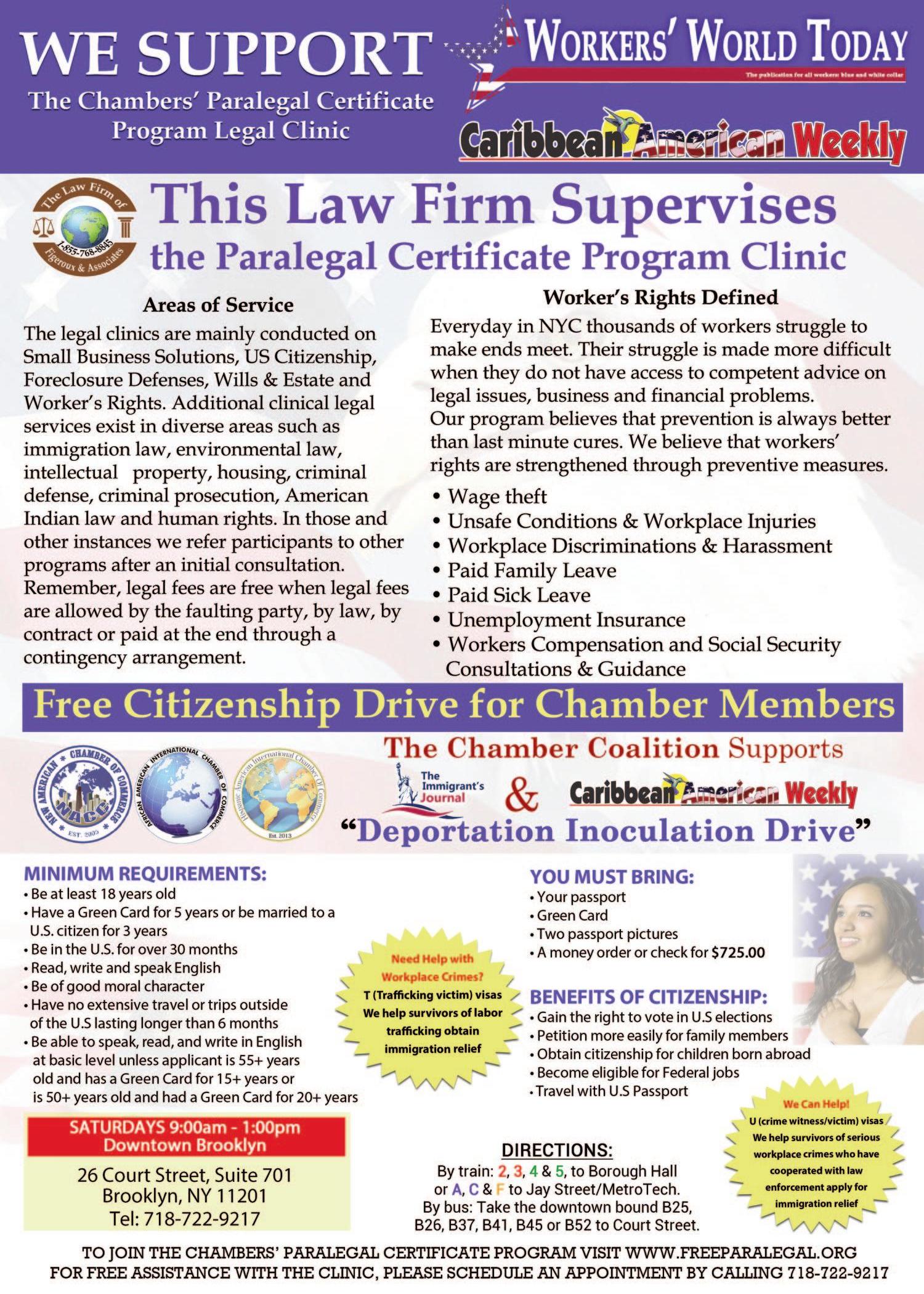
This Citizenship Program does not apply to anyone who has ever been arrested since getting their Green Card.
The Next Mayor Can End New York’s Maternal Health Emergency
BY BARBARA CARESS, URBAN MATTERS
Serious illness resulting from pregnan- ment. There is a maternal health emergency in New York City. It’s deeply rooted in racism. And it’s cy and childbirth is also much more common for women of color in New York City. For each maternal death, about 100 women will suffer a life-threatening and There is compelling evidence that midwife-led birthing services lead to better maternal health outcomes: lower mortality and morbidity, reduced stillborn and one the next mayor can do a lot to stop. often life-altering event during or after preterm births, less use of harmful inter Every year, 3,000 women in the city childbirth. Examples of severe maternal ventions like C-sections for low-risk almost die, or die, from a pregnancy- morbidity (SMM) are heavy bleeding, deliveries, and improved maternal psyrelated cause. Black women are eight blood clots, kidney failure, stroke, or chosocial well-being. times more likely to die and three times heart attack. Black women are three For the past 20 years, NYC H+H, the more likely to almost die than white times more likely to experience SMM city’s public hospital system, where nearwomen. At least 60 percent of these than white women and Latinx women are ly a quarter of all births in the city take deaths are preventable. twice as likely as white women. place, has maintained integrated mid The city and the US as a whole register In measuring these outcomes, race mat- wifery services at three of its 11 materniexcessive maternal death and serious ters more than income or social status. ty hospitals. Building on that, the next maternal morbidity rates compared to Black women living in high-income New mayor should: other high-income countries. The causes York City communities experience SMM •Create integrated midwifery services at are many. Chief is structural racism and at four times the rate of white women all 11 H+H hospitals. gender oppression. Being Black is the who live in very low-income communi- •Support H+H establishment of freemarker. Racism is the killer. It further ties. College-educated Black women standing birthing centers in non-hospital complicates the already-corrosive effects have higher rates of severe pregnancy- settings. Separating delivery from the of a medicalized health system that treats related outcomes than all other women hospital is the best guarantee for making pregnancy as a disease and is systemati- who did not complete high school. the process natural not medical. cally inattentive to the needs of expec- Black, brown, and Asian women con- are further exacerbated by disrespect for •Advocate for creating midwifery protant and birthing people. tend with the daily injustices of racism women overall, and particularly for grams at the CUNY colleges (Hunter, In 2017, Black women gave birth to 23 and the intentional disinvestment in women of color, resulting in women not Lehman, and the College of Staten percent of New York City babies, yet neighborhoods where they live. These being listened to and experiencing trau- Island) that offer master’s level nursing accounted for 55 percent of maternal conditions can result in chronic stress ma when seeking health care. programs. deaths – continuing a decades-long patand chronic illnesses that increase the In short: Structural racism undermines •Establish a pipeline to midwifery protern. risk of pregnancy complications. They the capacity of the health system to sup- grams for people of color, including port pregnant women and erodes their doulas, and remove financial barriers to trust in that system. “If black women attending midwifery school. delivered at the same hospitals as white These steps would not only improve women,” one recent study found,” our maternal health; they would also cost far results suggest that nearly 1,000 black less than the status quo. If one-quarter of women could avoid a severe morbid the city’s tens of thousands of uncomplievent during their delivery hospitaliza- cated annual deliveries took place in tion annually in New York City.” birth centers rather than hospitals, the The next mayor cannot fix the damage system would save an estimated $57 mila lifetime exposure to racism has lion. wrought. But the next mayor does have There’s also a long agenda the mayor the power to initiate major reforms that should work on jointly with the City recognize this reality, combat it, make Council, State and Federal policymakers, pregnancy and birth institutions safer, and New York’s large and influential and require the respectful and dignified non-profit hospital networks. It would care that is every woman's right. include: The City’s Department of Health is •Expanding existing City and State famialready implementing pieces of a solu- ly leave and paid sick time provisions. tion. Since 2017, it has led a clinical and •Enacting stricter workplace protections social autopsy of every maternal death for expectant parents so that they can while also establishing a network with attend prenatal visits without fear of los14 maternity hospitals to initiate SMM ing jobs or income. case reviews and develop quality •Immediately opting in to the extension improvement projects. It also funds now permitted by Federal law of neighborhood-based Birth Justice Hubs Medicaid coverage for postpartum prithat include Birth Justice Defenders, mary care to a full year – up from the 60 people who have experienced or are con- days now covered in New York State. nected to someone who has had a trau- Pregnancy and childbirth should be a matic birth experience, and who organize safe and joyous experience. But as with actions to prevent such outcomes. our Covid-19 pandemic experience, the The next mayor will have direct author- story of maternal deaths and injuries in ity to encourage and expand this data our city exposes persistent and stark collection and analysis and neighbor- inequities. Black women suffer the most. hood-based work. The good news is that making New The mayor can also do a lot, to the York the best and safest place to give extent it’s practical and advisable, to de- birth is possible.l medicalize pregnancy and birth. The current system treats pregnancy as a condition to be diagnosed and mothers as patients whose care should be managed. But pregnancy is not a disease and most birthing women need support, not treatBarbara Caress has worked for many years in non-profit, union, and public agency health care and administration. She teaches health policy at Baruch College.
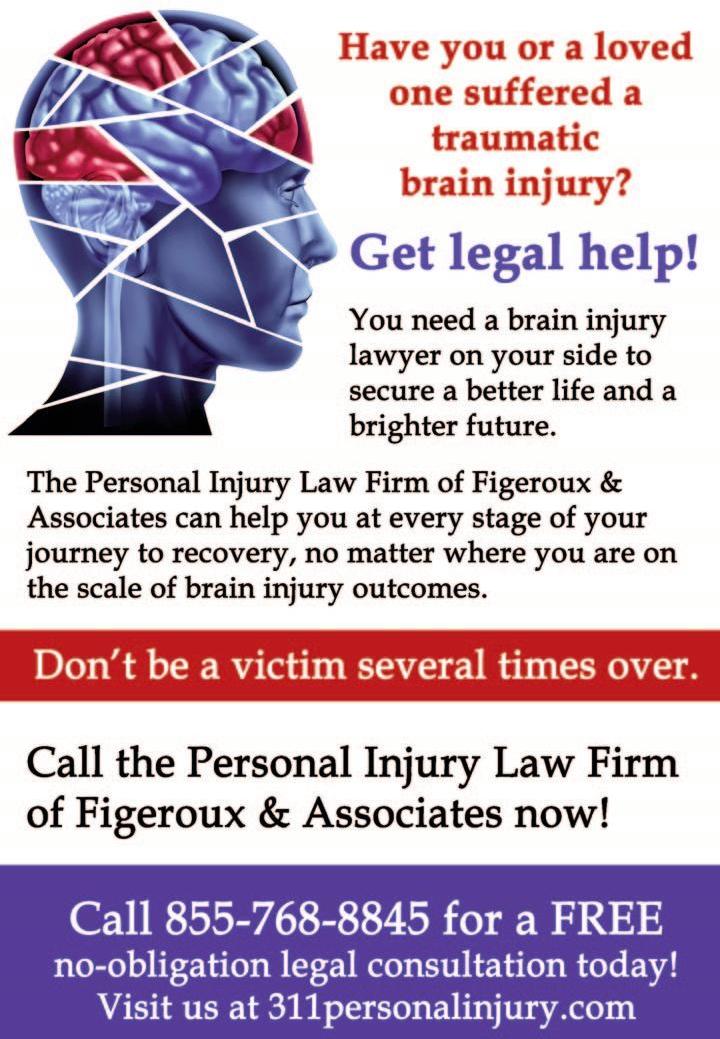
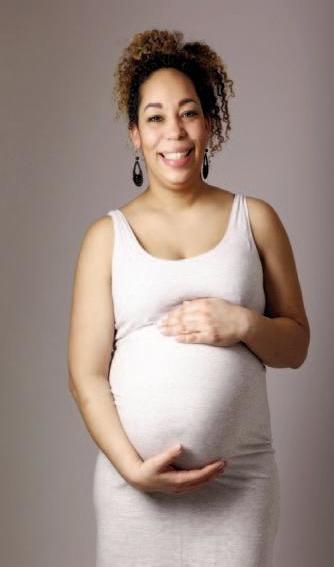
Suicide Prevention During COVID-19: The Healing Power of Connection and Mutual Support
BY KENNETH FUNG & JOSEPHINE PUI-HING WONG THE CONVERSATION
The mental health crisis is a parallel pandemic of COVID-19 across the globe. There are increased concerns about pandemic-related risks of suicide in Canada and elsewhere. Studies from different countries present a complex picture with varying suicide trends, but increased rates of depression, anxiety and suicidal ideation were found to be consistent across countries. Data from previous pandemics show a significant positive association between pandemic and suicide. The Toronto Transit Commission reported a nearly one-third increase of suicide attempts or fatalities during the first eight months of the pandemic. Suicide prevention is a critical public health response to COVID-19. There are many complex pandemicrelated risk factors for suicide: •Anxiety and fear of being infected and becoming a contagion for one’s family; •Financial stressors; •Decreased social interactions with friends and community activities, disruption of life goals and normal activities; •Catastrophic thinking; •A sense of hopelessness and helplessness; •Increased family stressors due to working/schooling from home; •Relationship conflicts and break-ups; •Increased risk of family violence. A recent study shows that people in quarantine are twice as likely to have suicidal thoughts. The impact of diminished coping resources is particularly critical to vulnerable populations experiencing preexisting social, economic and health inequities. Elderly people are cut off from supportive programs and in-home services, and those in long-term care homes have had family visits restricted. People with pre-existing mental illness are more likely to experience deteriorated physical and mental health. Some children and youth are beset by the uncertainty of learning modes and disruption of social connections; many report experiencing difficulty focusing on online learning. For Indigenous, Black and racialized communities, pre-existing social inequities are translated into disproportionate burden of COVID-19 cases related to increased risk of workplace exposure, inadequate housing and reliance on public transportation. For immigrants and refugees, disruption of community support and limited access to linguistically appropriate services are worsened during the pandemic. These increased stressors and decreased coping resources may interact to escalate the risk of self-harm and suicide. The following vignettes are anonymized composites of cases based on real clinical presentations. They provide a human story behind the complex issues at hand:

Ms. Smith
Ms. Smith is a veteran intensive-care nurse. She presented to the emergency department with worsening depression and suicidal thoughts, with an unsuccessful overdose attempt after a recent breakup. She feels that her partner did not show understanding when she came
continued on page 30
WE’RE ALL TIRED OF COVID-19
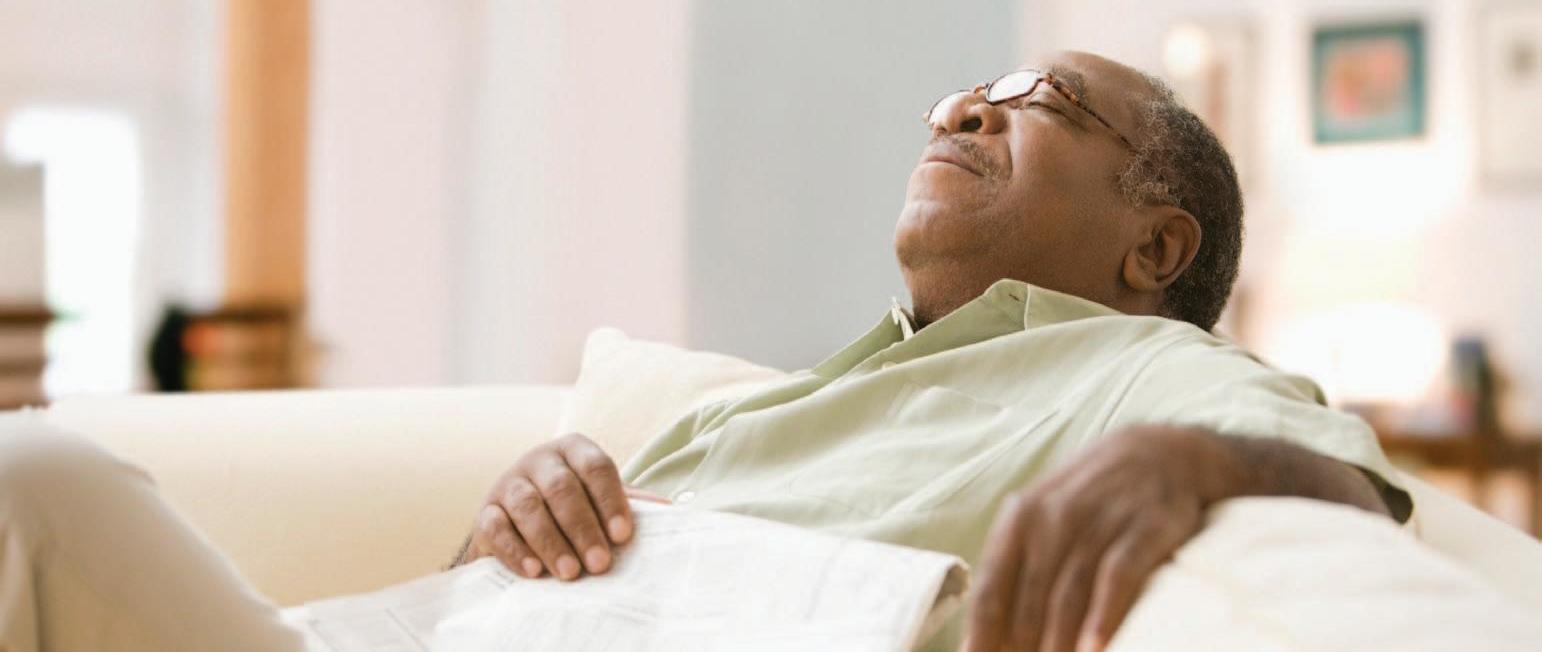
But COVID-19 isn’t over yet. Neither is our fight.
SO, WHAT’S NEXT?
KEEP GETTING TESTED OFTEN, EVEN WITH NO SYMPTOMS, UNLESS FULLY VACCINATED* GET TESTED IMMEDIATELY IF YOU FEEL COLD OR FLU SYMPTOMS
STAY MASKED AND DISTANCED AND WHEN IT’S YOUR TURN, GET VACCINATED
Preventing the spread of COVID-19 starts with knowing if we have it. TESTING IS AVAILABLE AT NO COST TO YOU.
Visit testandtrace.nyc or call 212-COVID19
Suicide Prevention/
continued from page 29 home from her shift exhausted, and they had frequent fights. She suspects that her partner is abandoning her to avoid the risk of infection. Every day, work is like a war zone, always short-staffed, and the manager seems heartless. She is resentful that many colleagues are taking sick time, and that the system learned nothing from the first wave. She cannot take care of patients like she used to due to isolation precautions and work demands, and she is feeling numb facing so much illness and death. While she gives reassurances to anxious families and dying patients, she feels like a fraud and a failure, ashamed of her own helplessness and hopelessness. She blames herself for not having more positive thoughts and not doing more meditation, and has begun to use alcohol to fall asleep at night.
Ms. Chan
Ms. Chan is a 75-year-old widow living alone with multiple medical illnesses. She does not speak English. All her regular community activities and medical appointments have been shut down and she has been feeling terrified because of her high-risk COVID-19 category. At the beginning of the pandemic, most people were not wearing masks and gave her dirty looks for wearing one. She was anxious about people disregarding elevator capacity at her apartment, sometimes seeming to crowd around her deliberately. Once, while lining up at the grocery store, the person behind her yelled at her to go back to her home country. She was so shocked that she left her cart there and headed straight home. She began to feel useless and hopeless. Her daughter started dropping off food for her at the door weekly. She tried to get her daughter to come in to listen to her fears, but her daughter angrily told her that she could not take any more stress and stormed off. Ms. Chan asks if she can get medically assisted suicide to end her meaningless suffering.
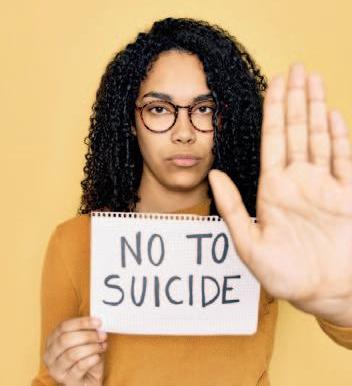
Proactive outreach
These brief composite cases illustrate the complex contextual determinants of suicide risk. People become vulnerable when multiple internal and external factors conspire to overwhelm their capacity to cope. There is a need to proactively reach out to those who are isolated, disadvantaged and marginalized, as well as to front-line health-care workers at high risk of burnout. Suicide prevention is possible through increased public awareness of the warning signs, responsive mental health care and access to comprehensive interventions that address the complex psychosocial and structural determinants. In response, our PROTECH (Pandemic Rapid-response Optimization To Enhance Community resilience and Health) team has applied our resiliencebuilding Acceptance and Commitment to Empowerment model to address pandemic stress and sense of hopelessness associated with suicide. The PACER online intervention integrates Acceptance and Commitment Therapy and social justice-based Group Empowerment Psychoeducation, comprising six self-guided reflective online modules with live video group conferencing. Participants are encouraged to acknowledge and make room for their distressing thoughts and feelings without believing in them, while finding renewed value and meaning in their life. The group sessions facilitate social connection and mutual support. The social justice perspective supports participants to make sense of their suffering in a larger social context, enabling them to engage in “self-care” and “we-care” actions that promote personal and collective resilience. Since June 2020, we have implemented 12 cohorts of PACER (Pandemic Acceptance and Commitment to Empowerment Response) training with two priority populations: front-line health-care providers and the Chinese/Asian Canadians who experienced COVID-19 related racism. Our preliminary results showed significant reduction in distress and increased resilience. We have used the train-the-trainer approach and mentored 20 PACER graduates to become co-facilitators. We will continue to start new PACER cohorts biweekly over the next six months with a goal of delivering 30 additional cohorts. The global pandemic has had a devastating impact on us all. To combat catastrophic demoralization, it is critical to proactively support people to reconnect with their values, meaning of life, one other and the larger world. Our spirit to survive and thrive collectively is bigger than the virus. l
If you are experiencing suicidal thoughts, you need to know you’re not alone. If your life or someone else’s is in danger, call 911 for emergency services.

